Filter by

English-Japanese, Japanese-English Dictionary of Computer and Data-Processing…
Parallel title in Japanese vernacular and romanized form.Winner, 1989, category of Computer Science, Professional/Scholarly Publishing Annual Awards Competition presented by the Association of American Publishers, Inc. With 10,000 entries, this dictionary is the most complete of its kind. It is a major contribution to more accurate sharing of scientific and technological information. The dictio…
- Edition
- -
- ISBN/ISSN
- 9780262290852
- Collation
- 1 online resource (470 pages)
- Series Title
- -
- Call Number
- -
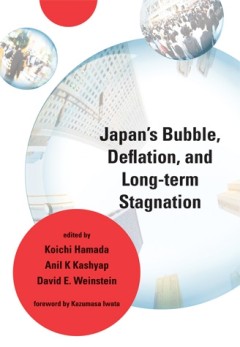
Japan's bubble, deflation, and long-term stagnation
Japan's economic bubble burst in the early 1990s, and the country entered its famous “lost decade”—a period of stagnation and economic disruption that persisted until 2003. The current declines in global equity and real estate markets have eerie parallels to Japan's economic woes of the 1990s. If we are to avoid repeating Japan's experience on a global scale, we must understand what happe…
- Edition
- -
- ISBN/ISSN
- 9780262289467
- Collation
- 1 online resource (xi, 420 pages) :illustrations
- Series Title
- -
- Call Number
- -
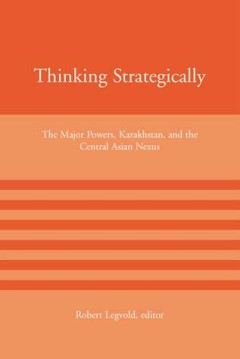
Thinking Strategically: The Major Powers, Kazakhstan, and the Central Asian N…
More than ten years after the breakup of the Soviet Union, none of the major powers, including Russia, has developed a cohesive geopolitical strategy for dealing with the countries and regions that once made up the USSR. Even after September 11 and the sudden importance of Central Asia in the struggle against global terrorism, the United States continues to deal with the region in fragmented an…
- Edition
- -
- ISBN/ISSN
- 9780262278133
- Collation
- 1 online resource (xii, 243 pages).
- Series Title
- -
- Call Number
- -
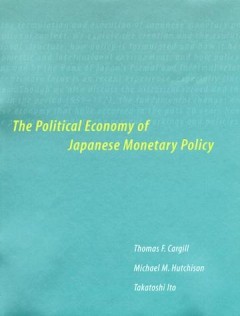
The political economy of Japanese monetary policy
The contributions in this book provide a unique view of its emergence and growth in a number of different national settings in an area of the Third World where the industry is most advanced. The motor vehicle industry has had a dramatic impact on industrialized societies, shaping the structure and productive processes of capitalist economies and defining consumer life styles. The industry's imp…
- Edition
- -
- ISBN/ISSN
- 9780262269889
- Collation
- 1 online resource (236 pages) :illustrations
- Series Title
- -
- Call Number
- -
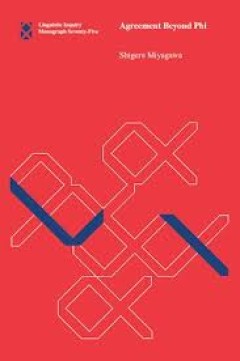
Agreement Beyond Phi
An argument that agreement and agreementless languages are unified under an expanded view of grammatical features including both phi-features and certain discourse configurational features.OCLC-licensed vendor bibliographic record.
- Edition
- -
- ISBN/ISSN
- 9780262338639
- Collation
- 1 online resource.
- Series Title
- -
- Call Number
- -

Japan's great stagnation :financial and monetary policy lessons for advanced …
Experts on the Japanese economy examine Japan's prolonged period of economic underperformance, analyzing the ways in which the financial system, monetary policy, and international financial factors contributed to its onset and duration.OCLC-licensed vendor bibliographic record.
- Edition
- -
- ISBN/ISSN
- 9780262275989
- Collation
- 1 online resource (vi, 276 pages) :illustrations.
- Series Title
- -
- Call Number
- -

Japanese morphophonemics :markedness and word structure
The sound pattern of Japanese, with its characteristic pitch accent system and rich segmental alternations, has played an important role in modern phonology, from structuralist phonemics to current constraint-based theories. In Japanese Morphophonemics, Junko Ito and Armin Mester provide the first book-length treatment of central issues in Japanese phonology from the perspective of Optimality T…
- Edition
- -
- ISBN/ISSN
- 9780262276054
- Collation
- 1 online resource (xii, 303 pages) :illustrations.
- Series Title
- -
- Call Number
- -

Transnational Japan in the Global Environmental Movement
What motivates people to become involved in issues and struggles beyond their own borders? How are activists changed and movements transformed when they reach out to others a world away? This adept study addresses these questions by tying together local, national, regional, and global historical narratives surrounding the contemporary Japanese environmental movement. Spanning the era of Japanes…
- Edition
- -
- ISBN/ISSN
- 9780824879730
- Collation
- -
- Series Title
- -
- Call Number
- -

Japan’s Failed Revolution: Koizumi and the Politics of Economic Reform
Japan’s Failed Revolution: Koizumi and the Politics of Economic Reform asks why, despite all the high expectations, the Japanese public’s desire for economic reform, and leadership of a majority coalition in a parliamentary democracy, the reformer Prime Minister Koizumi has not achieved the economic reforms expected of him since he surprisingly attained power over a year ago. To unravel thi…
- Edition
- -
- ISBN/ISSN
- 9781925021042
- Collation
- -
- Series Title
- -
- Call Number
- -
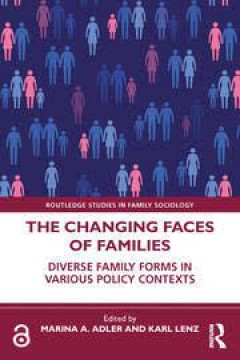
The Changing Faces of Families Diverse Family Forms in Various Policy Contexts
With a focus on nine different national contexts, this book explores contemporary family diversity. With attention to the different welfare states and cultures of care in each setting, it problematizes the pre-eminence of research and policy centered on heteronormative families, showing the extent to which family diversity exists cross-nationally in relation to different gendered and ""family-f…
- Edition
- -
- ISBN/ISSN
- 9781000901498
- Collation
- -
- Series Title
- -
- Call Number
- -
 Computer Science, Information & General Works
Computer Science, Information & General Works  Philosophy & Psychology
Philosophy & Psychology  Religion
Religion  Social Sciences
Social Sciences  Language
Language  Pure Science
Pure Science  Applied Sciences
Applied Sciences  Art & Recreation
Art & Recreation  Literature
Literature  History & Geography
History & Geography